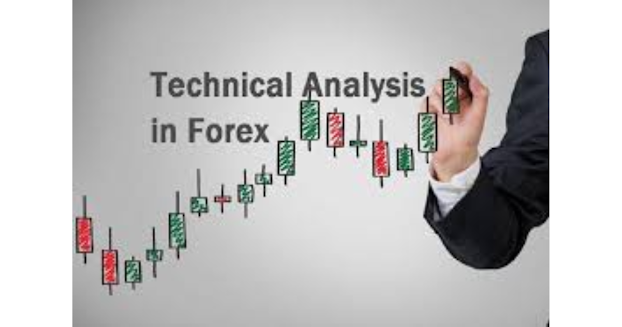Technical Analysis in Forex | What is Technical Analysis?
Forex trading is a complex process, and it involves various aspects that require careful consideration. One of the critical components of forex trading is technical analysis. Technical analysis involves the study of historical price and volume data to identify trends and patterns that can help traders make informed decisions. In this article, we will delve into technical analysis in forex trading and discuss its importance.
What is Technical Analysis?
Technical analysis is a method of forecasting future price movements based on past price data. It is a tool used by traders to analyze market trends and identify potential trading opportunities. Technical analysts use charts and other technical indicators to study price movements and determine the direction of the market.
Technical Analysis Tools
There are numerous tools and indicators that technical analysts use to study price movements. Some of the commonly used technical analysis tools in forex trading include:
1. Moving Averages: A moving average is a trend-following indicator that smoothens out price movements by calculating the average price of a currency pair over a specified period. It helps traders identify the direction of the trend and potential entry and exit points.
2. Relative Strength Index (RSI): The RSI is a momentum indicator that measures the strength of the price movement. It helps traders determine whether a currency pair is oversold or overbought, which can signal a potential reversal.
3. Bollinger Bands: Bollinger Bands are volatility indicators that show the upper and lower limits of a currency pair's price movements. They help traders determine potential entry and exit points based on the currency pair's volatility.
4. Fibonacci Retracement: Fibonacci retracement is a technical analysis tool used to identify potential support and resistance levels. It involves drawing horizontal lines at key levels based on the Fibonacci sequence.
Importance of Technical Analysis in Forex Trading
Technical analysis plays a crucial role in forex trading. Here are some of the reasons why technical analysis is essential:
1. Identifying Trends: Technical analysis helps traders identify the direction of the market trend. By studying historical price data, traders can determine whether the market is in an uptrend or a downtrend, which can help them make informed trading decisions.
2. Entry and Exit Points: Technical analysis helps traders identify potential entry and exit points based on support and resistance levels, moving averages, and other technical indicators. This helps traders enter and exit trades at the right time, which can maximize their profits and minimize their losses.
3. Risk Management: Technical analysis helps traders manage their risk by identifying potential stop-loss levels. Stop-loss orders can be placed at key levels to limit the amount of loss in case the trade goes against the trader.
4. Confirmation: Technical analysis can confirm a trader's fundamental analysis. By studying price movements, technical analysts can confirm whether the market is responding to fundamental factors or not. This helps traders make more informed trading decisions.
Certainly, here are some additional points to consider when it comes to technical analysis in forex trading:
1. Timeframes: Technical analysis can be used across various timeframes, from short-term (intraday) to long-term (weekly or monthly). The timeframe used depends on the trader's goals, trading style, and risk tolerance.
2. Limitations: While technical analysis can provide valuable insights into the market, it is not a foolproof method. Market conditions can change rapidly, and unexpected events can impact price movements, rendering technical analysis obsolete. Therefore, it is important to use technical analysis alongside other analytical tools and to stay up-to-date with market news and events.
3. Backtesting: Backtesting involves applying technical analysis to historical data to see how well it would have performed in the past. This can help traders refine their trading strategies and improve their chances of success in the future.
4. Education: To effectively use technical analysis in forex trading, traders need to have a good understanding of the underlying concepts, tools, and indicators. There are numerous resources available online, including books, articles, and video tutorials, that can help traders improve their technical analysis skills.
Conclusion
Technical analysis is an essential tool in forex trading. It helps traders identify trends, potential entry and exit points, manage risk, and confirm fundamental analysis. Technical analysis involves the use of various tools and indicators to study price movements and make informed trading decisions. As a forex trader, it is essential to understand technical analysis and how to use it effectively.





No comments:
Post a Comment